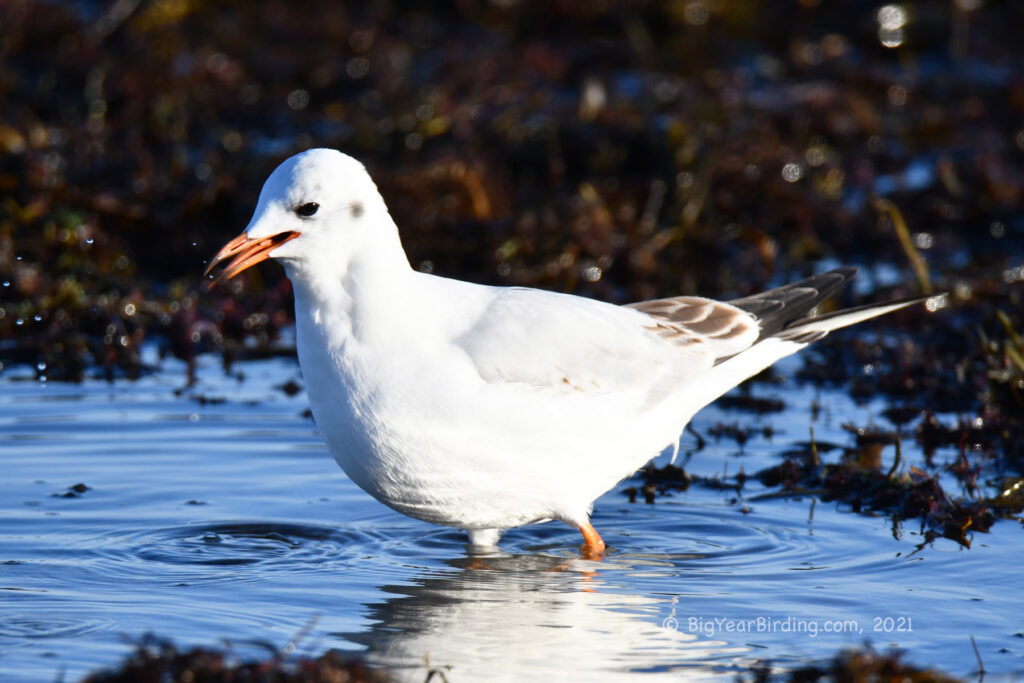The Black-headed Gull (Chroicocephalus ridibundus) is a small gull that belongs to the Laridae family. They are about 14-16 inches in length, with a wingspan of 32-36 inches. Black-headed Gulls are relatively lightweight birds, weighing between 7-9 ounces. Their plumage is mainly white, with a dark gray back and wings. As their name suggests, the Black-headed Gull has a distinctive black hood during the breeding season. Outside of breeding season, their head is mostly white with a dark spot behind the eye.

Black-headed Gulls breed across Europe, Asia, and northwestern Africa, with some populations reaching as far east as western Siberia. During the non-breeding season, they migrate southwards to the Mediterranean, Africa, and the Middle East. In the UK, Black-headed Gulls are resident all year round, although the number of birds present may fluctuate depending on the season.
During the breeding season, Black-headed Gulls prefer to nest in colonies close to fresh or brackish water, such as lakes, ponds, and rivers. They construct their nests from plant material, often close to other gulls or waterbirds. Black-headed Gulls are omnivorous and feed on a variety of food, including insects, fish, and crustaceans. They are opportunistic feeders and will scavenge for food in urban environments and from human food waste.
Black-headed Gulls are social birds and can often be seen in large flocks, particularly during the non-breeding season. They are also known to form mixed flocks with other gull species. Black-headed Gulls are vocal birds and have a distinctive high-pitched call that is often heard near water or in coastal areas.

In recent years, the population of Black-headed Gulls has declined in some areas, possibly due to habitat loss or changes in food availability. However, they are not currently considered endangered or threatened. Black-headed Gulls are a familiar sight to many people, and their adaptability and resilience mean that they are likely to remain a common sight for years to come.


